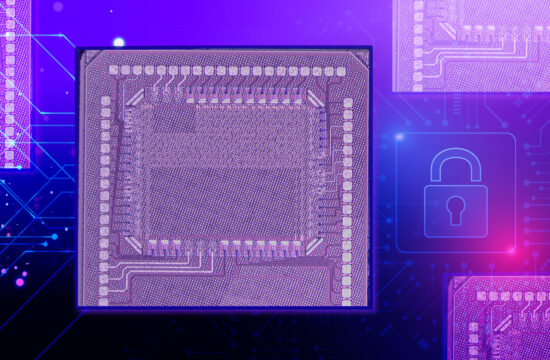 A novel imaging method makes it possible to capture object deformation in three dimensions over time with unprecedented accuracy.
A novel imaging method makes it possible to capture object deformation in three dimensions over time with unprecedented accuracy.
Three-dimensional (3D) computed tomography is a widely used technology that visualizes an object’s external and internal structure by assembling a series of two-dimensional images taken sequentially across or around it. However, as anyone who has had a medical magnetic resonance imaging scan will recall, this type of 3D reconstruction requires the subject to be motionless throughout the capture process, which can take minutes. Capturing a 3D structure that changes or deforms over time is much more difficult, and existing approaches often yield reconstructions marred by image artifacts and partial surfaces.
Guangming Zang, Ramzi Idoughi and their colleagues, under the leadership of Wolfgang Heidrich’s at KAUST, have developed a novel four-dimensional imaging method that vastly improves the quality of such space-time tomography for rapidly deforming objects.
“The primary challenge is when the deformation is so fast that the scanner can only capture a few images before the deformation becomes significant,” explains Zang. “The problem is then to reconstruct highly detailed 3D objects given only a few projections with a lot less information than would be available when reconstructing static objects.”
The team tackled the challenge in two parts. First, they modified the capture sequence to have a better distribution of scans over time. Then, they created an algorithm that allows the reconstruction at a given time point by using information from previous and subsequent acquisition steps.
“This is a major step towards making 3D tomography useful for probing internal structures of objects when changes during scanning cannot be avoided,” says Zang.








